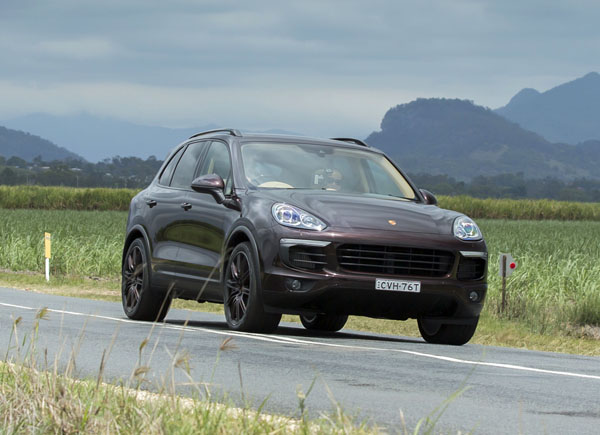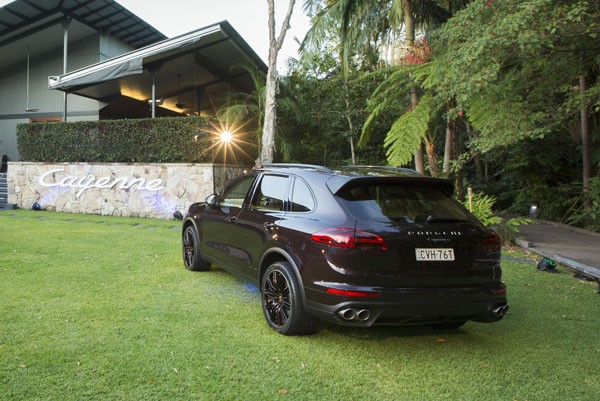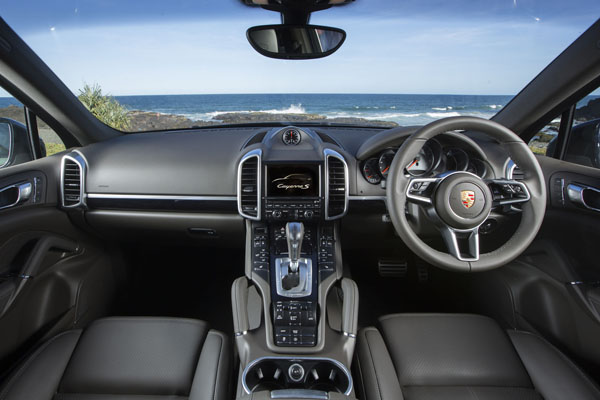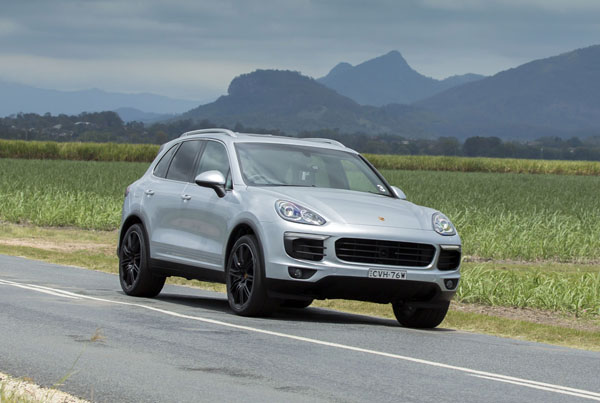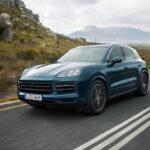Porsche purists don’t like to admit it, but the Porsche Cayenne is arguably the most important model in the iconic German marque’s range. Though not a sportscar the Cayenne is by far the biggest selling Porsche. Today about seven out of ten Porsches sold are SUVs, either Cayenne or the new Macan.
These are bringing in serious amounts of money, money that’s then probably used to subsidise the price of the purists’ car of choice – the stunning 911. We say, ‘probably’ because the company certainly isn’t going to give us information on its business methods.
Porsche Cayenne has been around since 2003, yet doesn’t look all that different today, a smart move as it has been a success since day one. The second generation arrived in 2010 and total sales of Cayenne are rapidly approaching 600,000 units.
For the 2015 model year the Porsche Cayenne has received a major facelift, revised powertrains, improved aerodynamics, and many subtle engineering changes throughout.
The shape of the front is instantly recognisable as a Porsche Cayenne, yet every visible part ahead of the windscreen is different. The aim was to give it a stronger visual stance by way of emphasis on the horizontal lines of the front grilles and the raising of the shut lines between the bonnets and guards.
At the rear the tailgate is all-new, again with an emphasis on width, the quad exhaust outlets are now in the bumper and the overall effect is a hunkered down look over the tyres that we really like.
The Cayenne S has the most significant changes in the new lineup. It now has a 3.6-litre V6 bi-turbo petrol engine that was first seen in the Porsche Macan, the Cayenne’s recently launched little brother.
It replaces the V8 engine previously used in the Cayenne S. Such are the advances in technology these days that the V6 has more power and torque (309 kW, and 550 Nm between 1350 and 4500 rpm) than the V8, but uses around 36 per cent less fuel, with consequent reductions in CO2 emissions.
The power output of the top model Cayenne Turbo has also increased, to 382 kilowatts with torque rising by 50 Nm to 750 Nm compared with the unit it replaces. That big 750 Newton metre is there all the way from 2250 revs to 4000. It, too, is quicker and more economical than in its previous iteration.
New Cayenne S Diesel has a big 4.2-litre V8 turbo-diesel with 283 kW and a huge 850 Nm of torque. Its measured acceleration from zero to 100 km/h is just 5.4 seconds – from a diesel SUV. Well done the engineers at Porsche.
A conventional eight-speed automatic transmission is used in all models. It has been revised to give the sporty feel of the PDK double-clutch automated manual, with sharp changes and near instant reaction to throttle movements. Porsche says it’s sticking to the conventional auto as the Cayenne is sometimes used to tow substantial loads, something to which double-clutch units aren’t well suited.
A new model, the Cayenne S E-Hybrid – with plug-in as well as onboard charging – will be launched at a date yet to be set in 2015, we will report on it then.
On the road during an extensive road test program organised by Porsche out of Byron Bay it came as no surprise that these big station wagons had a neat touch of sportscar in their behaviour and overall feel. Low slung pure sportscars they are not and the aforementioned Porsche 911 purists won’t like the high driving position and slight body lean.
We loved the torque of the big turbo-diesel in the Cayenne S and revelled in the stunning performance of the petrol Turbo, yet feel the Cayenne S petrol would be all that many people would need.
However the steering of the S petrol is far too light for our taste and didn’t have the sort of feedback we anticipated. The other two Cayennes had much better feel and are definitely of the type to bring smiles to faces of those who love to punt along hard.
On a more mundane note, the interiors are beautifully finished, the front seats are nicely supportive and have just the right amount of bolster grip for an SUV in this class. The back seat has good legroom, width and height. Though there is space for three in the back seats, but two will be a more sensible load if adults are being ferried about.
Though you could describe it as simply a facelifted model with improved performance that will see it through to the next generation, probably in 2017, this is far more than that. The latest Porsche Cayenne is a masterpiece of German engineering produced by people that are not only professional, but also passionate about their work.
The complete 2015 Porsche Cayenne range, with prices is:
Diesel: $104,700
S: $139,900
S Diesel: $143,200
S E-Hybrid: $139,200
Turbo: $230,800
Note: These prices do not include government or dealer delivery charges. Contact your local Porsche dealer for driveaway prices.




